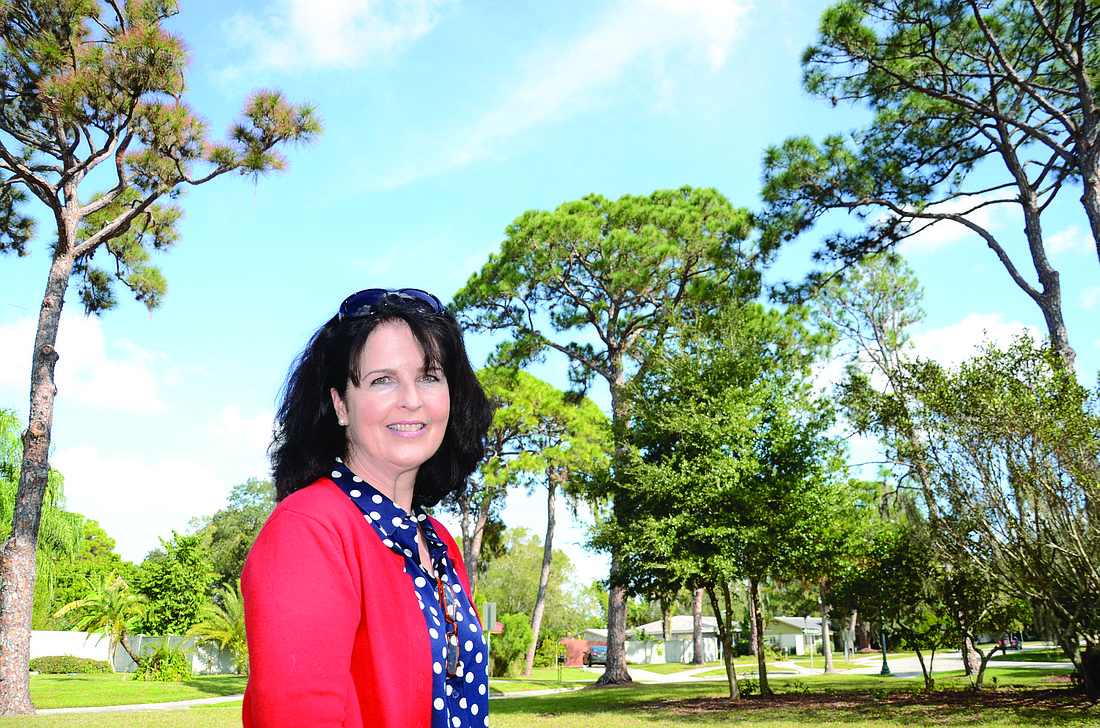- April 25, 2024
-
-
Loading

Loading

Despite county staff’s insistence that changes to its pine flatwoods conservation policies would not negatively impact its habitat, some in the community are not convinced.
Matt Osterhoudt, a division manager with Sarasota County’s environmental protection division, told Sarasota County commissioners at Monday’s meeting that the county’s current policy for conserving pine flatwoods was a one-size-fits-all approach. He said because it concentrates on open-space requirements rather than the way the habitat functions, it often creates fragmented habitats in developments.
To fix this problem, the County Commission unanimously approved a change to its pinewood conservation policy that encourages developers to look at the property as a whole and make preserving pine flatwoods located near wetlands and other habitats a priority. In the past, the policy focused on preserving 30% of a site’s habitat, even if it meant preserving several unconnected areas (see sidebar, right).
The change to the conservation, which came to the commission as a code amendment, applies only to pine flatwoods found in new development sites on unincorporated land in the county inside the Urban Service Boundary and future boundary — mostly west of I-75.
Within that criteria, about 3,073 acres of land containing pine flatwoods will be affected by the policy changes. The rest of the 7,134 acres within the Urban Service Boundary containing this habitat are either on developed properties or located in parks and publicly owned land, where they’re already protected.
“It’s a thorough, well-thought out process. It allows for some workability,” Commissioner Paul Caragiulo said. “I don’t want to erode our conservation policy.”
Reason for change
The county determined that having connective areas of pine flatwoods was more beneficial to the natural habitat than small areas of pine trees, and determined that flatwoods should be conserved within watercourse and wetland buffers and in wildlife corridors.
“If we’re protecting it as a habitat, we want it to function as a habitat,” Osterhoudt said.
The pine trees themselves, apart from the habitat, would still be covered by the county tree ordinance, which requires new developments to avoid trees when possible and maintain a certain ratio of trees to square feet, typically one tree per 2,000 square feet, Osterhoudt said.
But some residents are concerned that these changes may result in fewer pine flatwoods being preserved.
Cathy Antunes said she thinks the county is using the term “habitat” too loosely, and is worried the changes devalue both the native habitat and trees in the system. She worries mostly about the birds that rely on the pines for their homes. “I’m not impressed they (the county) didn’t look at birding effects,” she said.
Osterhoudt said the county is doing what it thinks is best for the environment. “It’s been an interesting community conversation about the value of habitat,” he said.
What’s changing?
Policy before: When a development required 30% open space based on the land’s zoning, other habitats such as wetlands and hammocks took precedence to fill the requirement. Pine flatwoods were conserved if 30% was not met, but there were no regulations on which areas were saved.

Policy now: Wetlands and hammocks are still the top priority to fill the 30% requirement, however, pine flatwoods used to meet any remaining requirement must be located within watercourse, wetlands and wildlife buffer zones to promote connectivity between habitats. Developers can propose an alternative design to the 30% requirement if it proves to be of better ecological and environmental value.

Correction: In the tree ordinance, a new development has to maintain a ratio of 1 tree per 2,000 square feet. A previous version of this story incorrectly stated the ratio.